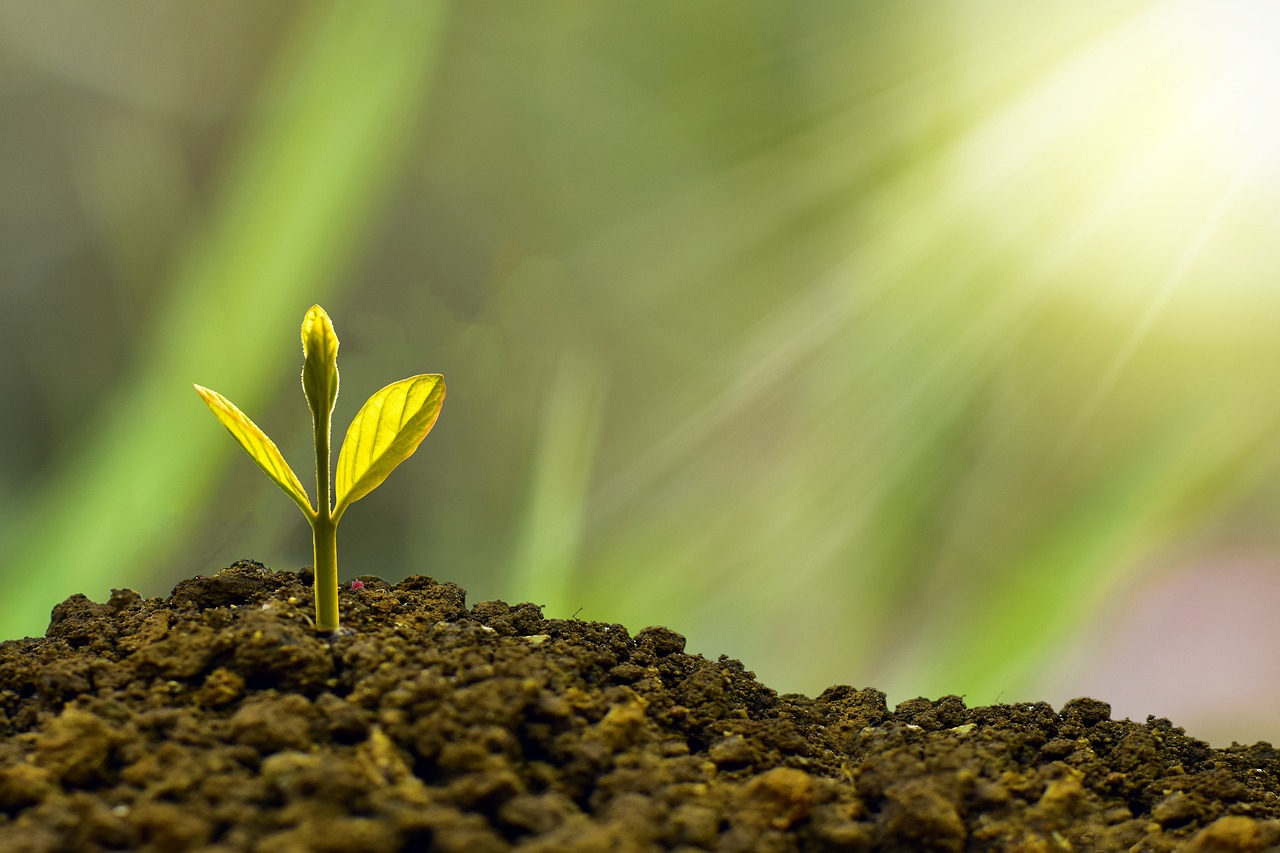Phenotyping is a technique that has been introduced previously, but measuring elements such as nitrogen content, plant height, and photosynthetic activity by hand is time-consuming and laborious. Automated field phenotyping utilizing configurable harvesting tools, sensors, and drones builds far more data in a shorter time frame, letting researchers close the gap between phenotype and genotype more quickly.
Moreover, the demand for innovative plant breeding methods to increase crop productivity is driven by the demand for high-yielding crops to assure food security for an increasing global population. The requirement for crop production globally is highlighted by the escalating frequency of extreme weather conditions and global warming, which supports the plant phenotyping market expansion.
What is Plant Phenotyping?
Through a dynamic interaction between a plant’s genotype, or genetic make-up, and the physical environment in which it grows, the phenotype, or functional plant body, is formed during growth and development. This emerging scientific technique, plant phenotyping, links genomics with plant agronomy.
The Market Insights
The market for plant phenotyping was assessed at USD 239.50 million in 2022, and it is anticipated to expand to USD 824.94 million at a CAGR of 13.2% over the forecast period of 2032.
Which Factors are Driving the Market Growth?
The requirement for high-yielding crops to guarantee global food security drives demand for creative plant breeding approaches to increase agricultural output. The plant phenotyping market also benefits from the worldwide demand for crop yield from the escalating frequency of extreme weather events and global warming. Approximately 90% of the world’s food crops are cultivated from widely dispersed seeds traded nationally and internationally, which is a frequent technique in breeding projects.
Furthermore, the global spread of plant diseases in fruits, cereals, and other crops is driving demand for plant phenotyping technology, which in turn is driving demand for disease-resistant crops and enhanced crop production.
The Equipment Segment Holds a Dominant Position
The equipment sector is anticipated to rule the market during the time frame. Using advanced plant phenotyping tools is a major market expansion factor. Cameras, sensors, and imaging tools make it possible to assess plant properties quickly and precisely, which makes it possible to analyze a lot of plants rapidly. The availability of data processing and analysis software further increases demand for plant phenotyping equipment.
Additionally, government financing for plant phenotyping research and development is anticipated to increase demand for equipment in this sector. The plant phenotyping market size will probably expand due to farmers’ growing understanding of the benefits of using plant phenotyping tools.
Greenhouse Dominated the Market
The capacity of greenhouses to provide a controlled environment for plant growth, letting researchers analyze plant responses to particular environmental stresses and optimize development conditions for crop improvement, is the main factor driving demand for greenhouse applications in the plant phenotyping market.
Moreover, regardless of the weather outside, greenhouses also provide year-round research opportunities, allowing scientists to conduct experiments and gather data all year round. Applications used in greenhouses can also aid in lowering the variability of plant growth and development under open-field conditions.
Market’s Geographical Overview
In 2022, the region with the highest revenue share was North America. Well-established agricultural practices, sizeable investments in research & development, and adopting cutting-edge technology in the agriculture sector are the main factors driving the plant phenotyping market growth in the upcoming years.
In addition, the area has a high demand for crop output due to rising food consumption and population growth, prompting the adoption of innovative agricultural techniques and technologies like plant phenotyping.
Wrap Up
Due to technological developments like imaging, remote sensing, and big data analytics, which have considerably improved plant phenotyping capabilities, the plant phenotyping market is expanding quickly. With the help of this equipment, it is now possible to swiftly and correctly assess various plant traits, enabling the examination of several plants in a short amount of time.

